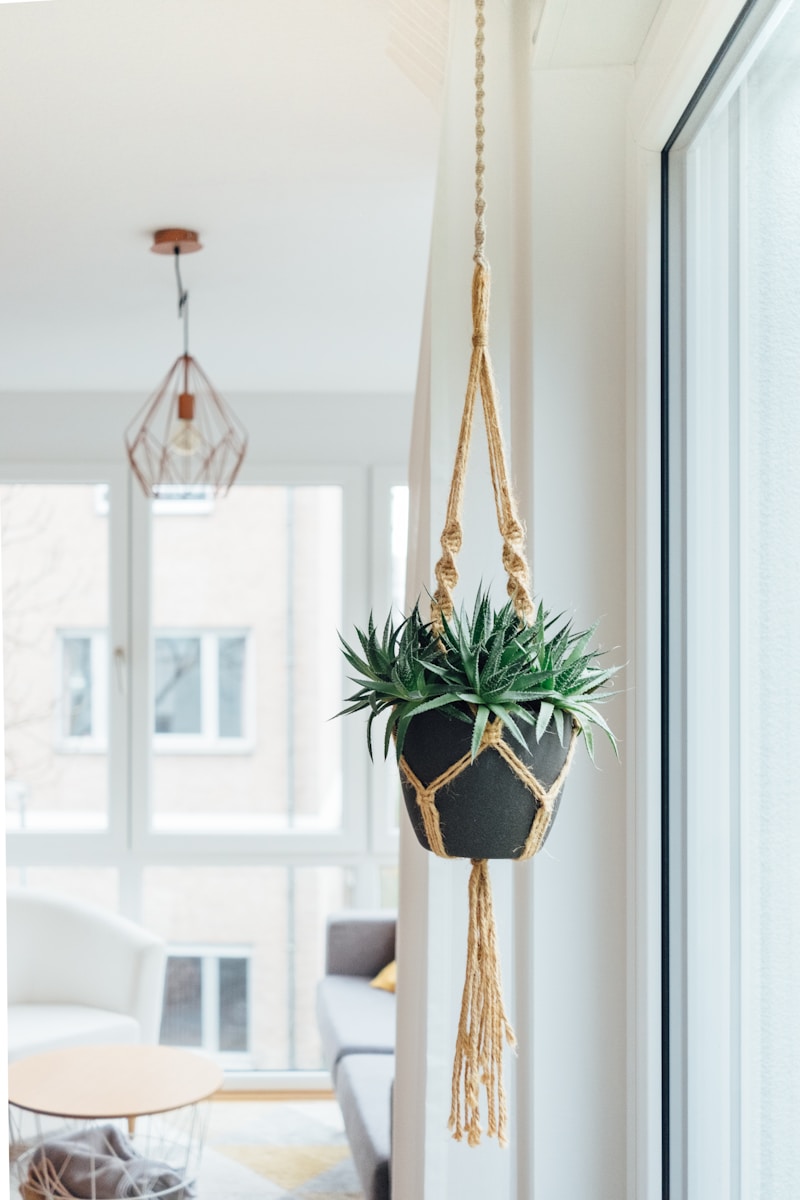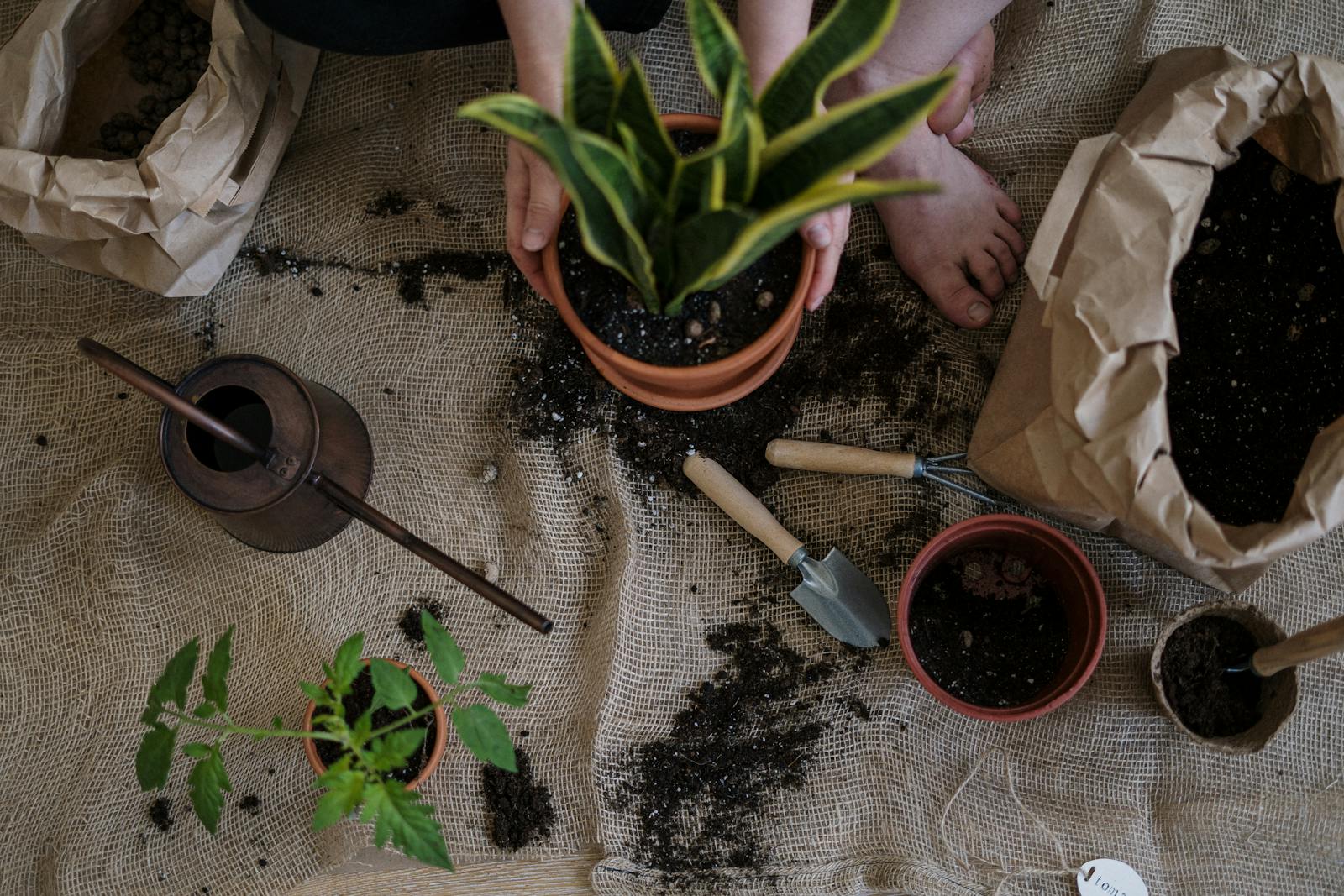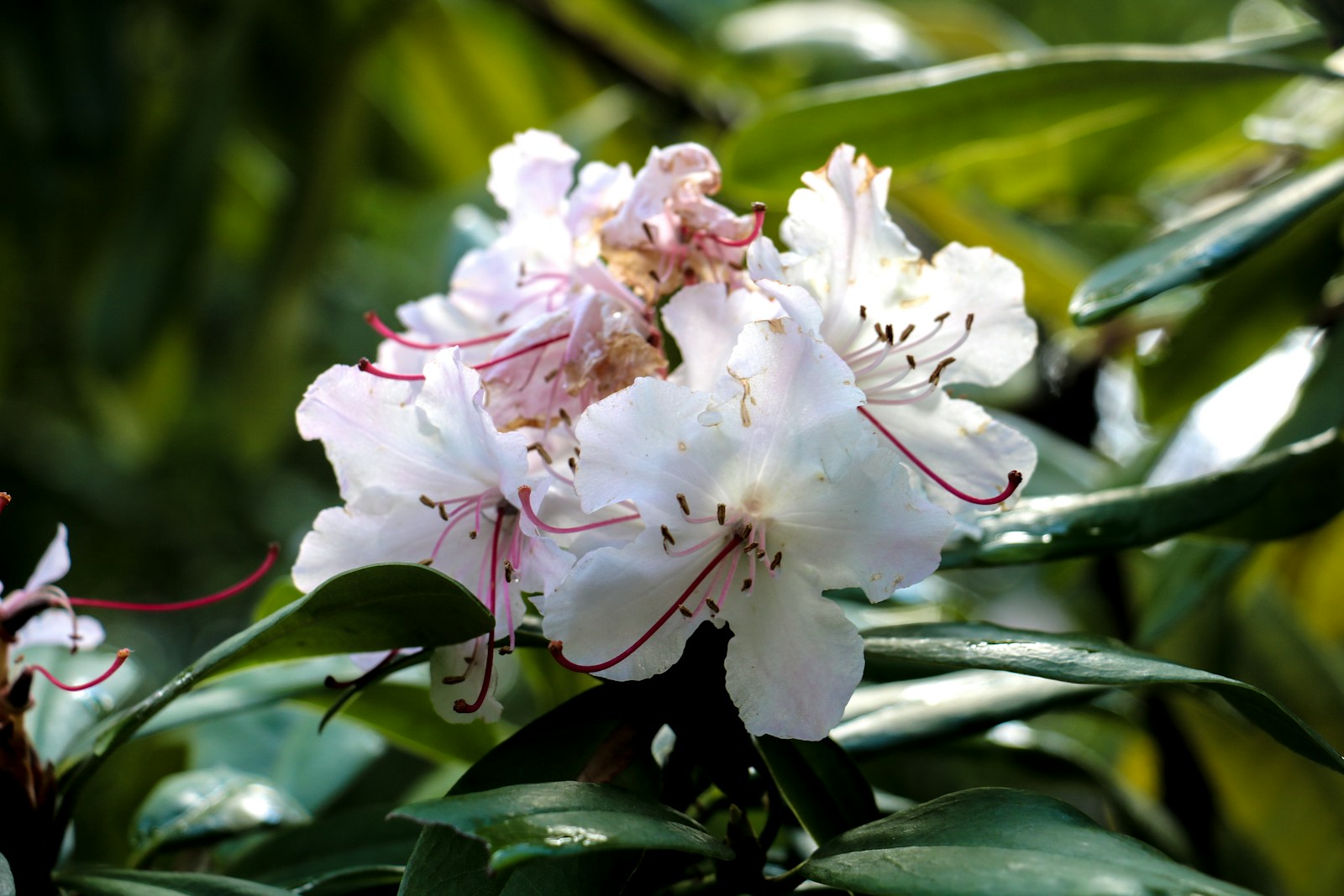Hanging Planters and Stackable Pots
Unlocking Vertical Space with Hanging Planters
Hanging planters bring a whole new dimension to gardening in tight spaces. Suspended from ceilings, beams, or pergolas, these containers make use of air space that often goes unused. They’re ideal for balconies, patios, and small porches where floor space is limited.
Plants such as trailing petunias, ivy, strawberries, and herbs thrive in hanging containers. Choose sturdy hooks and rot-resistant materials like resin or metal to ensure longevity and safety.
Hanging planters also add visual interest by elevating blooms to eye level, creating a lush overhead canopy of greenery and color.
Designing with Stackable Pots
Stackable pots allow you to grow upward in organized tiers, maximizing yields without expanding your garden’s footprint. These modular systems typically include interlocking or rotating containers designed to hold several plants per level.
Perfect for patios, walkways, or small yards, stackable pots make it easy to access plants and rotate crops seasonally. They’re particularly useful for herbs, greens, and compact vegetables like lettuce, radishes, and baby carrots.
Color-coordinate tiers for a clean look, or mix textures for an eclectic display that combines beauty with functionality.
Choosing the Right Plants for Vertical Containers
Success with hanging planters and stackable pots starts with choosing plants suited to vertical conditions. Opt for shallow-rooted species that don’t require deep soil. Fast-growing annuals and compact perennials work best.
Trailing herbs like thyme and oregano cascade beautifully from hanging containers. Leafy greens such as spinach and arugula thrive in upper stackable tiers where air circulation is stronger. Edible flowers, like nasturtiums and violas, offer color and utility.
Group plants with similar watering and sunlight needs for easier maintenance and healthier growth.
Watering and Drainage Considerations
Proper watering is crucial in elevated systems. Both hanging planters and stackable pots tend to dry out faster due to increased air exposure. Use moisture-retentive potting mix and incorporate mulch to slow evaporation.
Ensure all containers have adequate drainage holes to prevent root rot. Consider self-watering inserts or bottom-reservoir designs for busy schedules or hot climates.
Water from the top and allow it to trickle down, especially in stackable setups, to ensure even moisture distribution across levels.
Styling Your Vertical Garden Aesthetically
Functionality doesn’t mean sacrificing beauty. Hanging planters and stackable pots can double as decorative elements in your outdoor design. Use symmetrical arrangements for a modern look or create a whimsical effect with asymmetrical layers and cascading vines.
Paint pots in coordinated shades or use natural finishes for a rustic vibe. Add lighting or mirrors nearby to accentuate the greenery and make the space feel larger.
With thoughtful styling, vertical planters enhance not only yield but also the ambiance and charm of your garden retreat.
Maximizing Airflow and Light Exposure
Vertical containers naturally elevate plants, giving them better airflow and sunlight access. To take full advantage, position hanging planters where they won’t block each other’s light. Stagger heights and avoid crowding.
Place stackable pots in sunny locations with at least six hours of light daily for most vegetables and herbs. Rotate the entire tower or turn individual levels occasionally to balance exposure.
Good circulation helps prevent mold, rot, and disease—keeping plants strong and your harvest plentiful.
Expanding Variety in Compact Spaces
Stackable pots and hanging containers allow you to grow more plant varieties in less square footage. Mix edibles with ornamentals to boost visual interest and create a mini-ecosystem on your patio or balcony.
Pair leafy greens with bright marigolds, or combine strawberries with lavender for a mix of fruit and fragrance. Grow salad ingredients like arugula, radishes, and basil all in one vertical stack for easy harvesting.
This method encourages creativity and delivers a wider range of crops from a compact, organized footprint.
Utilizing Indoors and Outdoors Year-Round
One major benefit of these systems is portability. Hanging planters can be moved indoors during cooler months. Stackable pots also transition easily to sunny windows, greenhouses, or under grow lights for winter productivity.
Choose varieties that adapt well to indoor life, such as dwarf herbs, lettuce, or mini tomatoes. Keep your containers light enough to carry and rotate as seasons change.
With a year-round setup, your vertical garden continues producing through frost, making every container work harder.
Maintaining Vertical Planters with Ease
Maintenance is straightforward when you stick to a schedule. Check soil moisture daily in warm weather, especially for upper levels and hanging baskets. Fertilize every 2–3 weeks with a diluted liquid feed suited to your crop types.
Trim trailing or leggy growth regularly to maintain shape and airflow. Clean container exteriors monthly and inspect for pests or signs of stress.
A little weekly care keeps your vertical garden tidy, thriving, and full of vibrant growth from top to bottom.
Saving Time and Resources with Smart Tools
Efficiency is key in vertical gardening. Use drip irrigation lines with adjustable emitters for hands-free watering. Add moisture meters or water-retaining crystals in the soil to reduce frequency and waste.
Choose stackable pots with built-in reservoirs or water channels that distribute moisture evenly across all levels. For hanging planters, install pulley systems or hooks for easy lowering and refilling.
Smart tools simplify your workflow and help maintain a high-performing garden without demanding extra time or labor.
Adapting Planters for Pollinators and Wildlife
Hanging planters and stackable pots can also support local wildlife. Fill some containers with nectar-rich blooms like zinnias or calendula to attract bees and butterflies. Add lavender or mint to provide scent and pollination support.
Consider a shallow dish for water or a bee hotel nearby to complete your microhabitat. Even the smallest vertical garden can contribute to pollinator preservation and biodiversity.
This approach brings movement, color, and ecological purpose to your garden, enriching your space while benefiting the environment.
Combining Systems for Maximum Efficiency
Mixing hanging and stackable systems lets you use vertical space more completely. Hang baskets above stack towers or mount planters on the sides of raised beds and fences. This layering increases productivity without compromising design.
Use trailing plants in upper tiers and bushy or leafy crops below. Combine flowers, edibles, and herbs in one integrated layout for a vibrant, functional setup.
Smart combinations multiply your harvest while turning even the smallest patio into a lush vertical garden.
Troubleshooting Common Issues
Overwatering, pests, and uneven growth are common challenges in vertical gardens. Check soil moisture often and improve drainage if plants show yellow leaves or rot. Use lightweight potting mix with added perlite or vermiculite to boost airflow.
If one tier dries faster than others, water it separately or rotate containers. Use natural deterrents for pests and inspect regularly for aphids, mites, or mildew, especially in tight corners.
Quick responses help you prevent minor issues from spreading throughout your system.
Customizing for Personal Style and Function
Your garden should reflect your personality. Use colorful planters, vintage baskets, or painted stackable pots to bring character to your setup. Add solar lights, hanging lanterns, or chalkboard labels for charm and practicality.
Install plant hooks at varying heights to create rhythm and flow. Personalization makes your garden not only productive but a true expression of your taste and creativity.
Whether minimalist or eclectic, a garden that feels like yours is one you’ll enjoy and nurture regularly.
Enjoying the Beauty and Bounty
Hanging planters and stackable pots prove that limited space doesn’t limit potential. They create lush, layered gardens that deliver color, food, and satisfaction year-round—even on a balcony or porch.
With thoughtful planning and regular care, these vertical systems turn airspace into an oasis. Each pot, tier, or basket adds to a compact, flourishing garden that feeds both body and soul.
Grow upward and let your garden be a reflection of abundance—wherever you live, however small the space.
Frequently Asked Questions
What are the best plants for hanging planters?
Great options include petunias, ivy, trailing herbs like thyme, strawberries, fuchsia, and spider plants. Choose plants that cascade or thrive in confined root zones.
How do stackable pots work?
Stackable pots sit on top of one another with built-in water channels or drip-through designs. They allow vertical growing in small areas and often rotate for balanced sun exposure.
How often should I water hanging and stackable containers?
In hot weather, daily watering is often needed. Use moisture-retentive soil, mulch, and water early or late in the day. Monitor each level for consistency and adjust as needed.
Do I need to fertilize more often in vertical systems?
Yes. Frequent watering can leach nutrients quickly. Apply diluted liquid fertilizer every 2–3 weeks or use slow-release granules at planting time to support growth.
Can I use these systems indoors?
Absolutely. Stackable pots and hanging planters can thrive indoors near windows or under grow lights. Herbs, lettuce, and compact houseplants work especially well inside.
© 2025 GardeningandDecor.com. All rights reserved.



